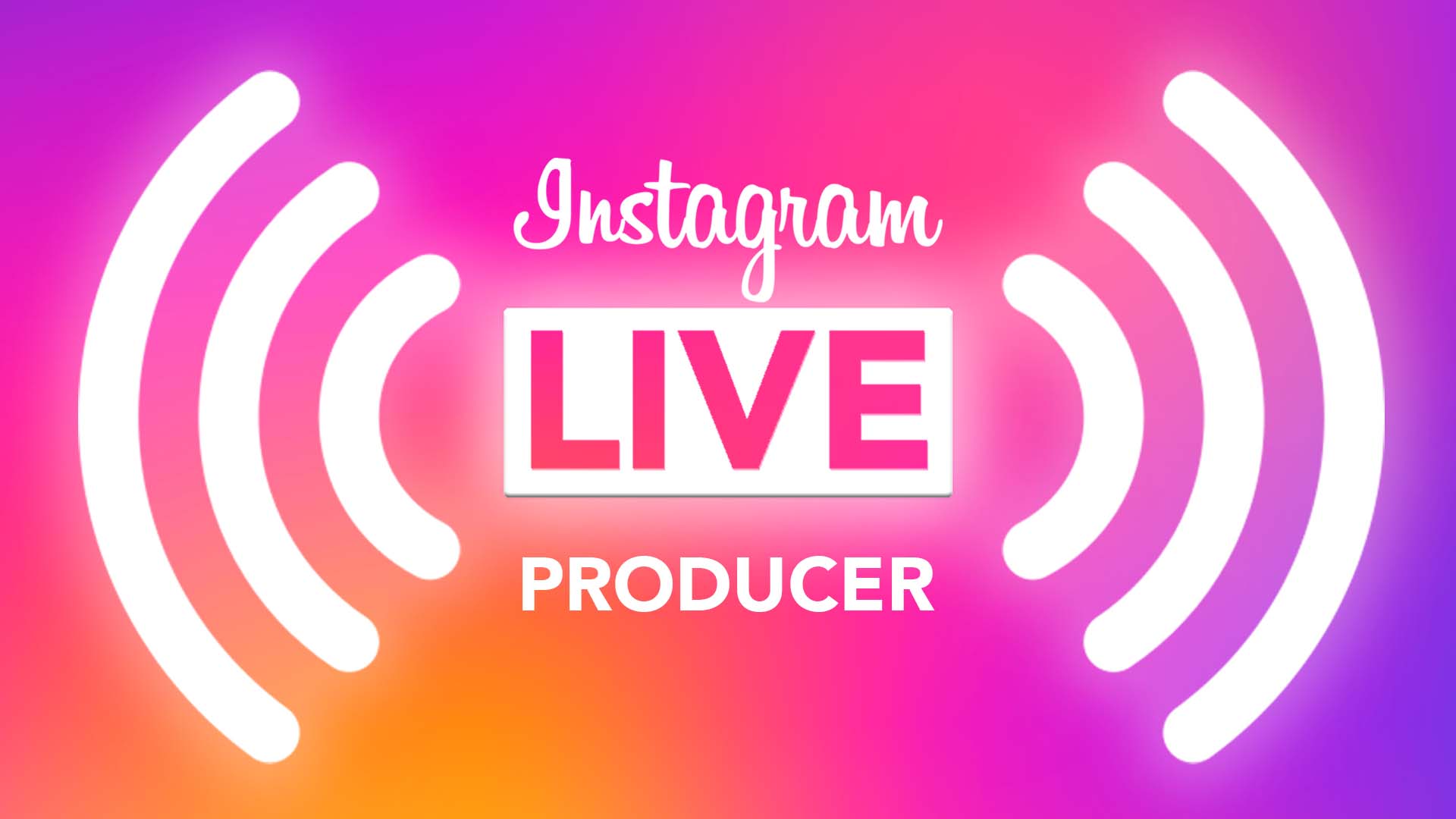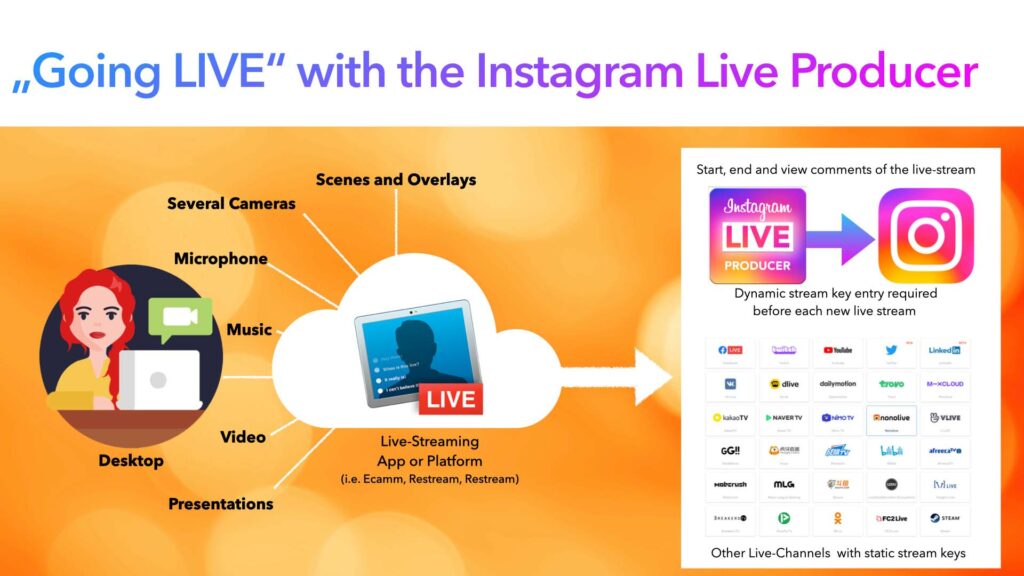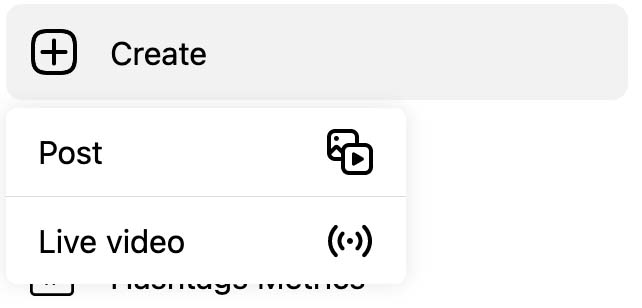Thanks to a new feature, Instagram users will now be able to go live with streaming platforms directly from their desktops. By using live-streaming software, users can now go live in parallel on multiple networks like Facebook and LinkedIn at the same time. By using streaming platforms like Ecamm Live, Streamyard or Restream, the live videos also get a more professional look.
The Instagram Live feature is already the most popular way to go LIVE for many content creators. However, until now, it was only possible to start a live stream directly from the Instagram app. With the change, it will be possible to include additional cameras, external microphones and graphics outside the smartphone. Users can thus broadcast self-produced content live or pre-produced with high quality via Instagram.
With this step, Instagram could succeed in becoming the top live-streaming platform. In the U.S., in user popularity, Instagram trails only other networks like YouTube and Facebook. As for the number of global users, Instagram has users have doubled to 1,44 billion end of 2023.
Starting with the Beta Live Producer in 2022, the announced feature have been tested with a small group of people.
Instagram’s live video opening is a consequence of its own success
Instagram has always been different when it comes to live video. Users had to go live from their smartphone using the Instagram app. Users of technical hacks who wanted to get around this faced harsh consequences and were blocked. This went so far that smartphone-like devices were developed that formally adhered to the rule but could fire up other live networks. Instagram’s move is likely to put a spanner in the works for these devices.
Many bloggers found it astonishing that Instagram is only now enabling live streaming via desktop. Whatever Instagram’s reasons were: Both the success of Instagram Live and the restrictive limitations to the Instagram app could probably no longer be maintained.
Instagram Lives will remain exclusive
With the opening for live platforms, Instagram nevertheless secures a certain special path. Because the Instagram Live Producer only makes it possible to go live on Instagram via a stream key. This stream key is not static and is updated every time the Live Producer is used. This means that a one-time login between the live platform and the network is not enough, as is the case with all major live networks. On Instagram, the Producer tool has to be restarted before each Live.
This is how going live with the Instagram Live Producer works
After opening the Live Producer tool, entering the stream URL and stream key allows you to broadcast directly to Instagram Live. To start the stream, Instagram must then be opened on the desktop and the Live function selected via the plus at the top of the screen. Now users can name the live stream, set the broadcast to “public” and watch a preview of the stream.
By the way, the live video must always be started and ended via the Producer. Otherwise, the stream will continue to run on Instagram for the time being, and will only display the last frame before the streaming software ends. Likewise, comments are only visible via the Live Producer and can only be answered there. You almost need an assistant to go live. Let’s see if anything else changes here.
Will Instagram’s Live Producer bring the breakthrough for professional 9:16 formats?
Live videos in portrait format are already technically possible on streaming platforms like Ecamm. Likewise, vertical formats are supported by Facebook and Twitter. Nevertheless, there are hardly any professional streamers who make use of them. The opening of Instagram for live-streaming software could help professional live videos in 9:16 format to break through.
What does Insta’s move mean for the streaming market?
So we can be curious as to how the Instagram Live Producer will be used. I predict that it will give the live video sector a boost from several perspectives: Firstly, this should finally make it a thing of the past that streamers start streaming on Facebook, LinkedIn, and the like while simultaneously operating a smartphone with Instagram Live on the sidelines, thereby completely overburdening themselves and the audience.
Secondly, the development of Instagram shows a convergence to a single live stream that is produced in high quality and broadcasts independently across the social platforms. This gives a green light to content creators producing high-quality content, especially in the vertical format.








